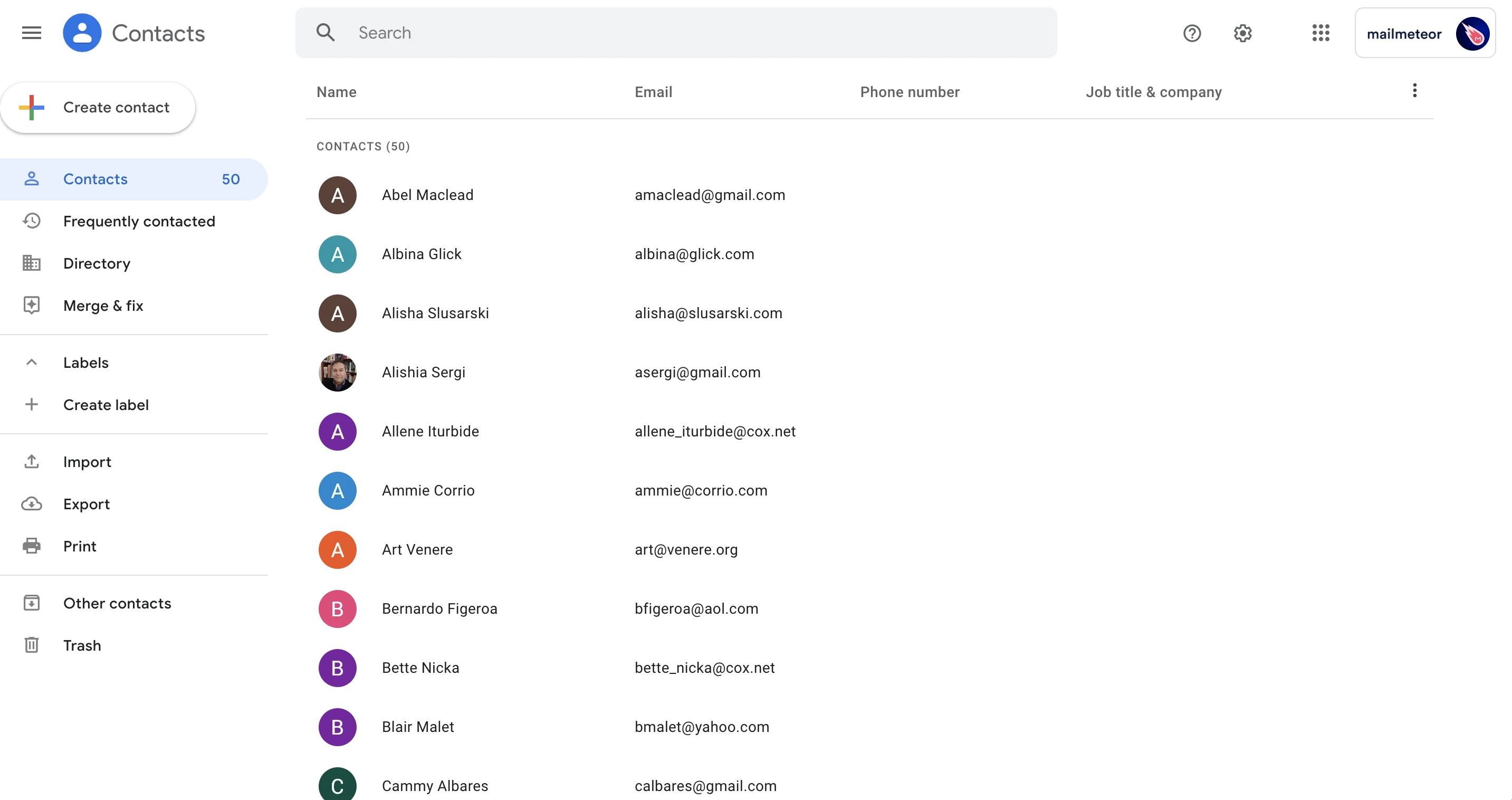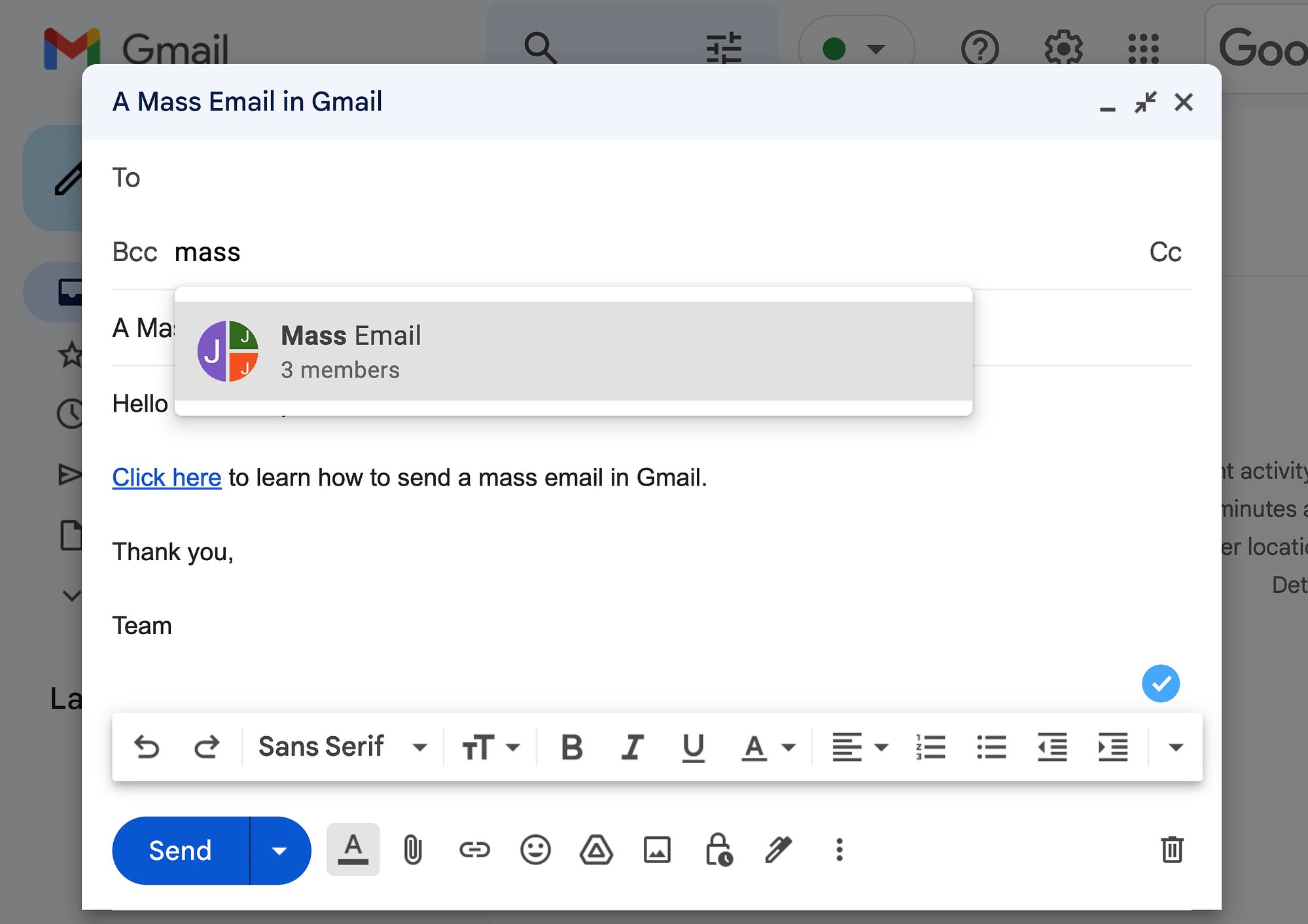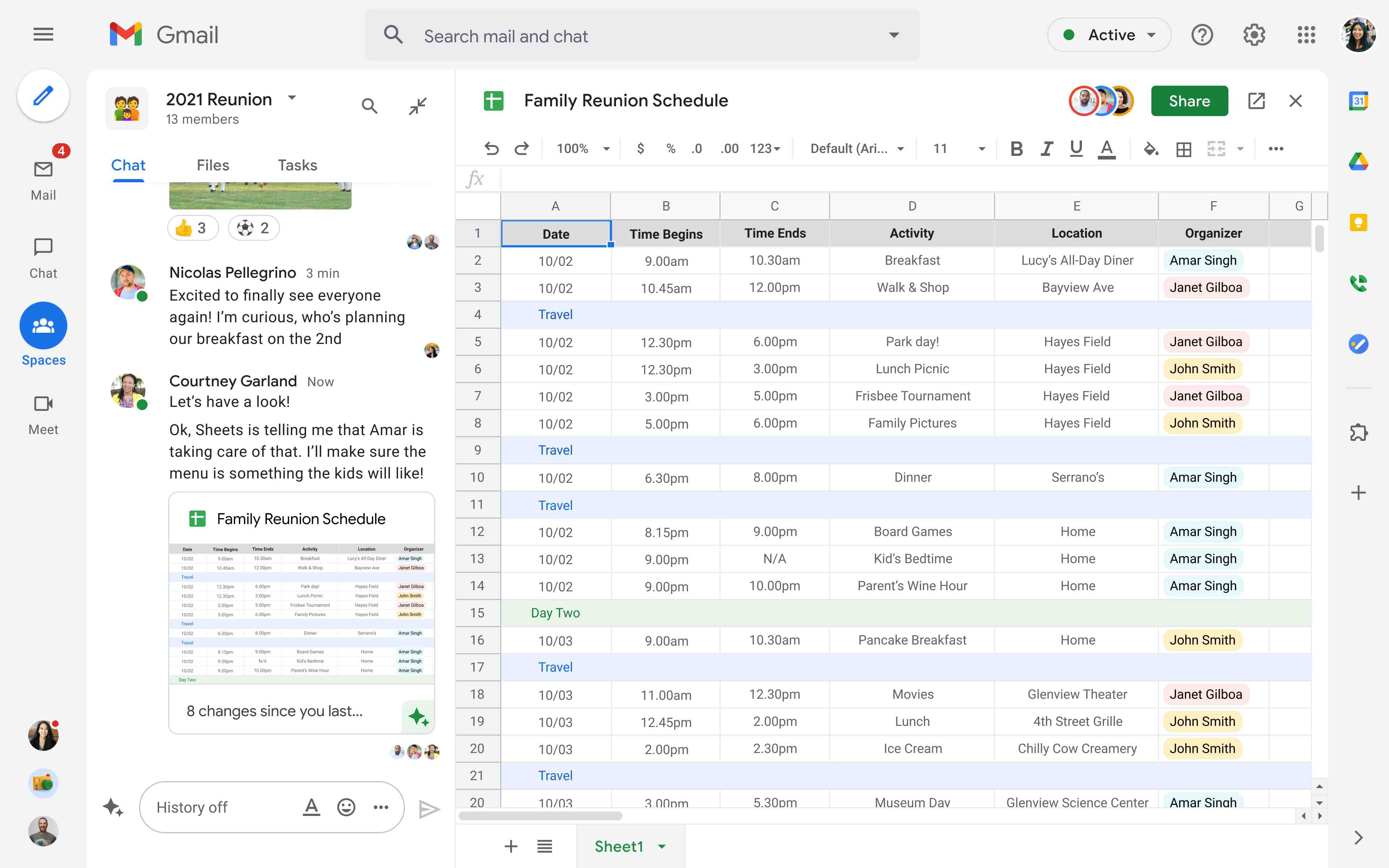Introduction
Gmail is one of the most popular and widely used email platforms in the world, offering a plethora of features to enhance your email communication experience. One such feature is the ability to create and use email templates, which can save you time and effort when composing repetitive or commonly used emails.
With Gmail’s email template feature, you can easily create a pre-designed email format that can be reused whenever needed. This is especially useful for business professionals who often send out similar emails like sales pitches, follow-ups, or customer inquiries. By using email templates, you can streamline your communication and maintain consistency in your email responses.
In this article, we will guide you through the process of creating email templates in Gmail. Whether you need to send out professional business emails or simply want to save time when writing personal emails, Gmail’s email template feature is a valuable tool that can improve your productivity and efficiency.
By following the step-by-step instructions provided, you’ll be able to create personalized email templates, customize them according to your needs, and easily access and utilize them in your Gmail account.
So, let’s dive in and explore how you can create and use email templates in Gmail!
Step 1: Accessing Gmail Email Template
Before you can start creating email templates in Gmail, you’ll need to access the templates feature within your Gmail account. Here’s how:
- Open your web browser and go to https://mail.google.com.
- Sign in to your Gmail account by entering your email address and password.
- Once you’re logged in, click on the “Settings” gear icon in the upper-right corner of the Gmail interface.
- In the dropdown menu that appears, click on “See all settings“.
- This will take you to the Gmail settings page. Look for the “Advanced” tab.
- Scroll down until you find the “Templates” option. Click on it to expand the templates settings.
- Here, you’ll find the option to enable templates. Make sure the toggle switch next to “Enable” is turned on.
- Once enabled, click on “Save Changes” at the bottom of the settings page.
Now that you have successfully accessed the email template feature in Gmail, you are ready to start creating your own email templates. Proceed to the next step to learn how to create a new email template.
Step 2: Creating a New Email Template
Once you have enabled the email template feature in Gmail, creating a new email template is simple and straightforward. Follow these steps:
- Click on the “Compose” button in your Gmail account to start a new email.
- In the compose window, write the content that you want to save as a template.
- Include any formatting, text, images, or attachments that you want to be a part of the template.
- Once you have crafted your email content, click on the “More options” icon (represented by three vertical dots) in the bottom-right corner of the compose window.
- In the dropdown menu that appears, hover over “Templates“.
- In the templates menu, click on “Save draft as template“.
- A sub-menu will appear with the option to save the draft as a new template. Click on “New template“.
- A pop-up window will open, prompting you to give your template a name. Enter a descriptive name for your template.
- Click “Save” to save your newly created email template.
That’s it! You have successfully created a new email template in Gmail. Your template will now be saved and can be accessed whenever you need it. In the next step, we will explore how to customize your email template to make it even more personalized.
Step 3: Customizing Your Email Template
After creating a new email template in Gmail, you have the option to customize it according to your needs. This allows you to add more personalization or make any necessary changes to the template. Here’s how you can customize your email template:
- Open your Gmail account and click on the “Compose” button to start a new email.
- In the compose window, click on the “More options” icon (represented by three vertical dots) in the bottom-right corner.
- Hover over “Templates” in the dropdown menu, and then click on “Save draft as template“.
- In the templates menu, hover over “Saved“. This will display a list of your saved email templates.
- Select the template you want to customize by clicking on its name.
- The template will open in the compose window, allowing you to make any necessary changes.
- You can edit the text, add or remove images, modify the formatting, or include additional information.
- Once you have made the desired changes, click on the “More options” icon again and select “Save draft as template“.
- Choose “Replace template” to overwrite the existing template with your customized version.
By customizing your email template, you can ensure that every communication you send is tailored to the recipient and conveys your message effectively. Whether it’s adding a personal touch, updating information, or refining the tone, customizing your email template allows you to make it truly yours.
In the next step, we will learn how to save your email template so that it is easily accessible for future use.
Step 4: Saving Your Email Template
Once you have created and customized your email template in Gmail, it’s essential to save it properly to ensure easy access and usability in the future. Here’s how you can save your email template:
- Open your Gmail account and click on the “Compose” button to start a new email.
- In the compose window, ensure that your email template is open and ready for use.
- Click on the “More options” icon (represented by three vertical dots) in the bottom-right corner.
- Hover over “Templates” in the dropdown menu, and then click on “Save draft as template“.
- In the templates menu, hover over “Saved“. This will display a list of your saved email templates.
- Hover over the template you want to save, and click on the “More options” icon (represented by three vertical dots).
- Select “Save draft“.
By saving your email template as a draft, you ensure that it is stored securely and can be accessed easily whenever you need it. It will appear in the templates menu under the “Saved” section, ready for use whenever required.
Make sure to give each template a descriptive name when saving, so you can quickly identify the purpose of each template. This will help you choose the right template for specific scenarios and save you time when composing emails in the future.
Now that you have successfully saved your email template, let’s move on to the final step and learn how to use your email template in Gmail.
Step 5: Using Your Email Template in Gmail
After creating and saving your email template in Gmail, it’s time to learn how to use it effectively whenever you need to send a similar email. Here’s how you can use your email template:
- Open your Gmail account and click on the “Compose” button to start a new email.
- In the compose window, you’ll find a “Templates” icon in the bottom-right corner of the window. It looks like a square with an inverted triangle inside.
- Click on the “Templates” icon. A menu will appear.
- In the templates menu, you’ll see two sections: “Personal” and “Shared“.
- Under the “Personal” section, you’ll find your saved email templates listed.
- Click on the name of the template you want to use, and it will automatically populate the compose window with the template’s content.
- Review the content and make any necessary changes or additions.
- Once you’re satisfied with the email’s content, add the recipient’s email address in the “To” field.
- Finally, click on the “Send” button to send your email.
By utilizing your email templates, you can save a significant amount of time and effort when composing repetitive or commonly used emails. Whether it’s sending out regular updates, responding to frequently asked questions, or providing information requested by clients, using email templates ensures consistency and efficiency in your communication.
Remember to choose the appropriate template for each specific scenario to maintain a professional approach and effectively convey your message. Adjust the content as needed, for example, addressing the recipient by name or tailoring the email’s details to suit the specific inquiry or request.
Congratulations! You have now learned how to create, customize, save, and use email templates in Gmail. This powerful feature will revolutionize your email communication, making it easier, faster, and more organized.
Conclusion
Creating email templates in Gmail can significantly enhance your email communication experience, saving you time and effort when composing repetitive or commonly used emails. By following the step-by-step process outlined in this article, you now have the knowledge and tools to create personalized email templates, customize them according to your needs, and easily access them in your Gmail account.
Gmail’s email template feature allows you to streamline your communication, maintain consistency in your email responses, and ensure professional and efficient interactions. Whether you’re a business professional sending sales pitches, follow-ups, or customer inquiries, or an individual wanting to save time when writing personal emails, utilizing email templates will improve your productivity and efficiency.
Remember to give your templates descriptive names when saving them, making it easier to identify and select the appropriate template for each scenario. Customizing your templates according to your specific needs helps you add a personal touch and ensures that your messages resonate with recipients.
Using email templates in Gmail is as simple as clicking a few buttons, and it allows you to compose emails quickly and effectively. With just a few clicks, you can access your saved templates, populate the compose window, make any necessary adjustments, and send your email.
Take advantage of this powerful feature and simplify your email communication in Gmail. Whether it’s for personal or professional use, email templates are a valuable tool that will save you time, improve your productivity, and enhance the overall efficiency of your email correspondence.
So, start creating your email templates in Gmail today and experience the convenience and benefits they bring to your email communication!

























